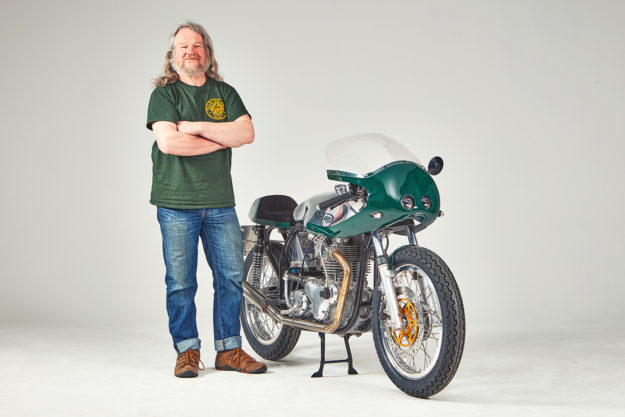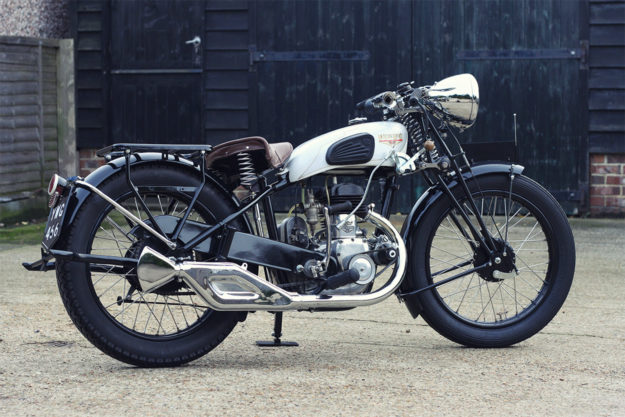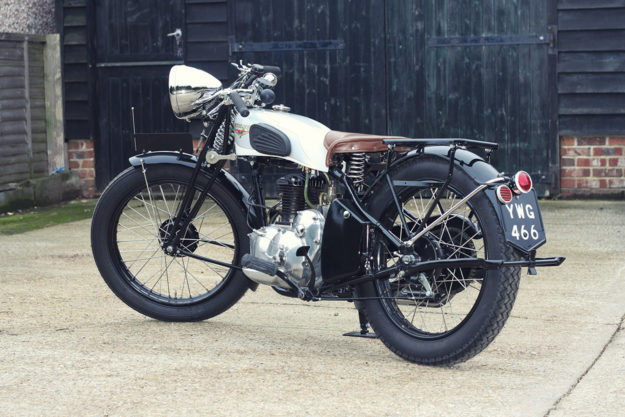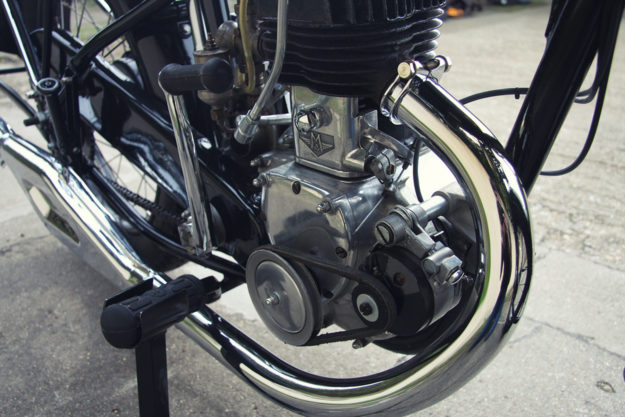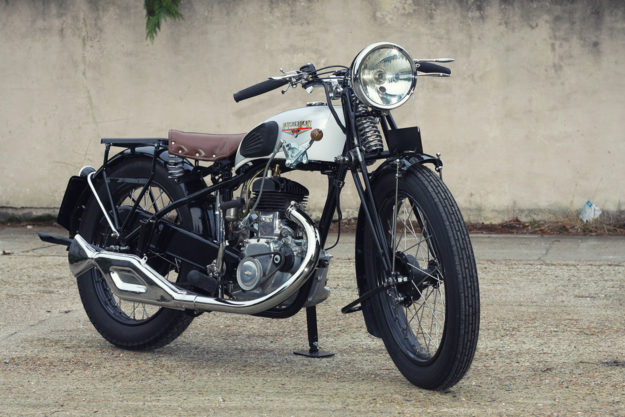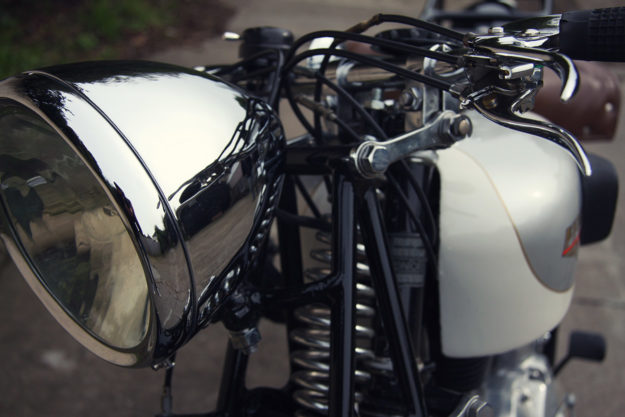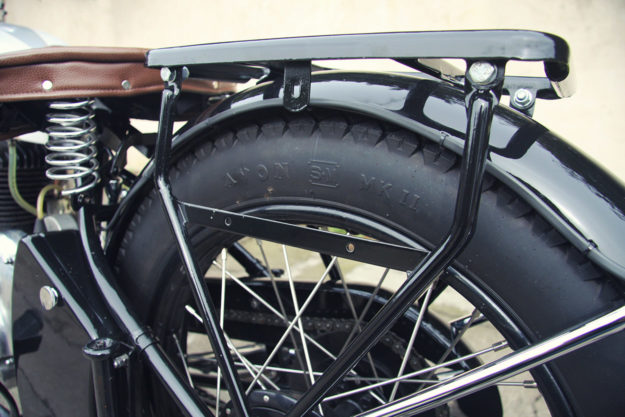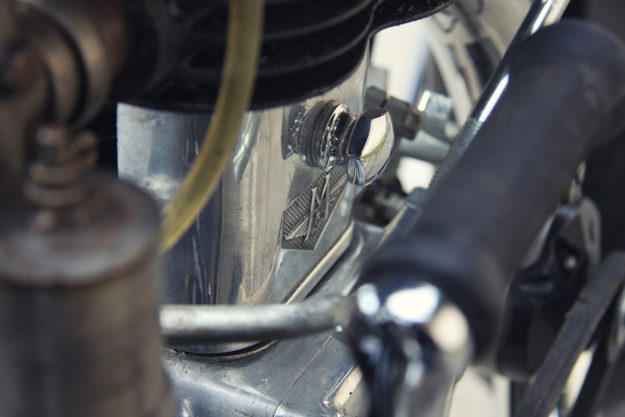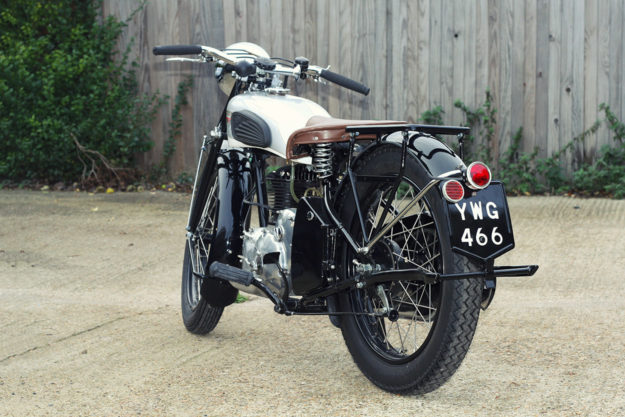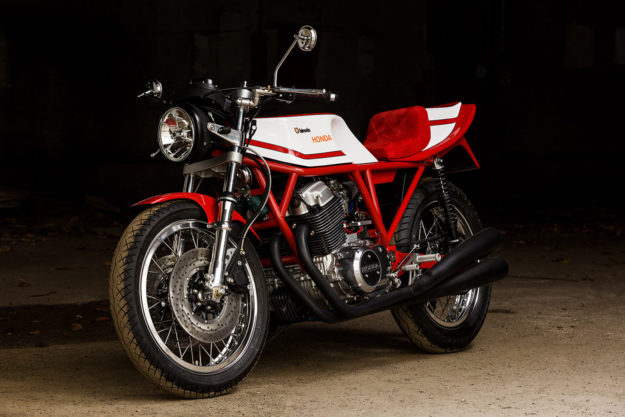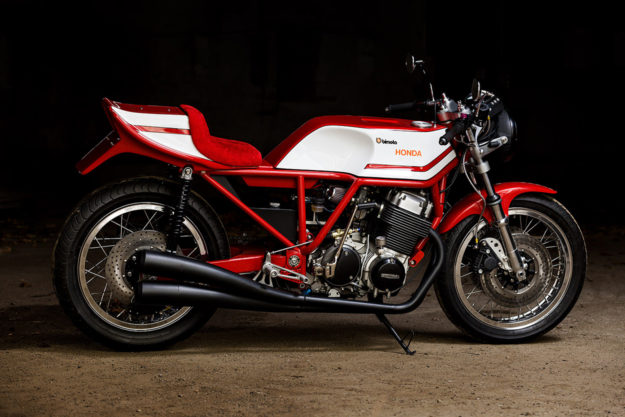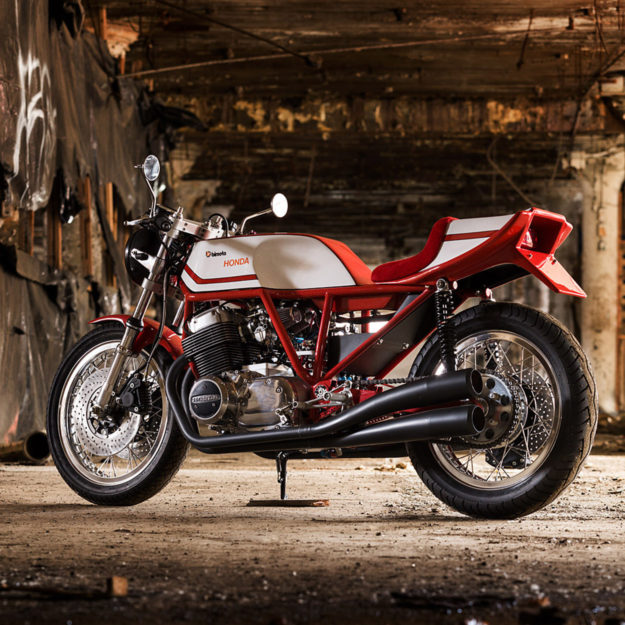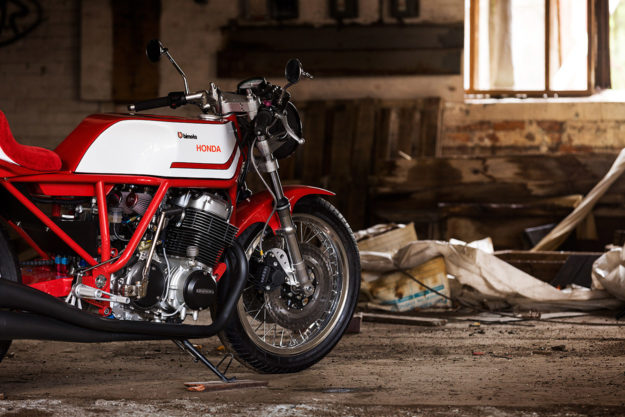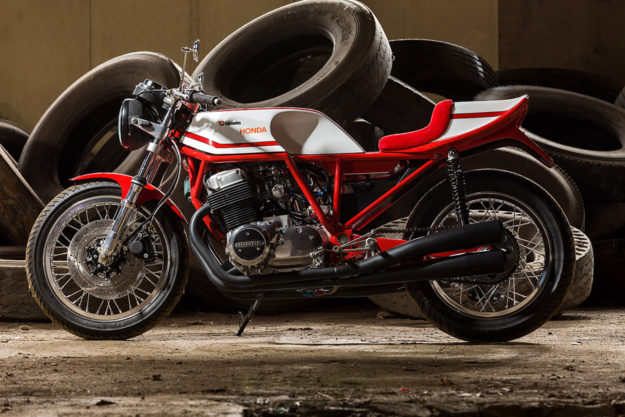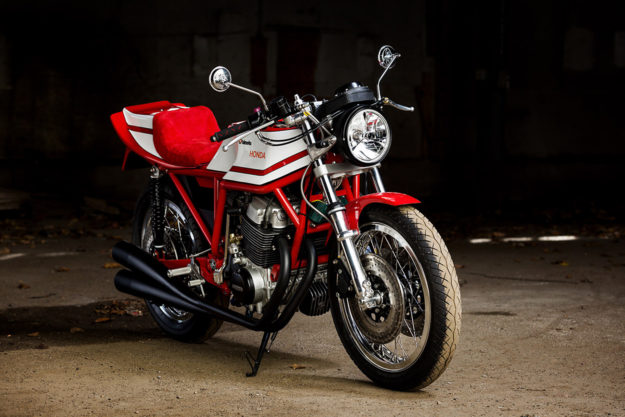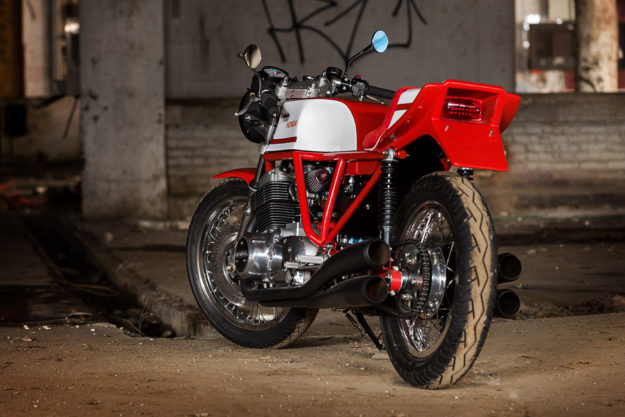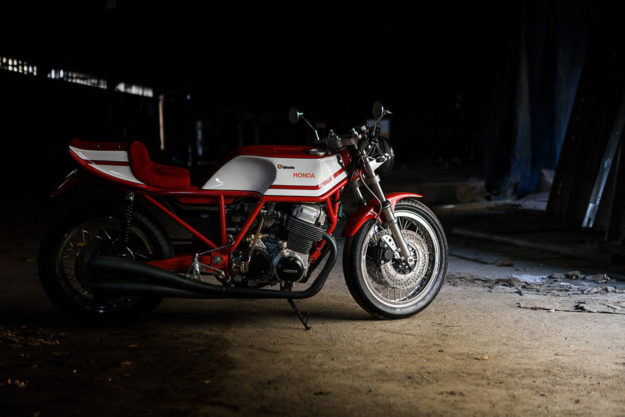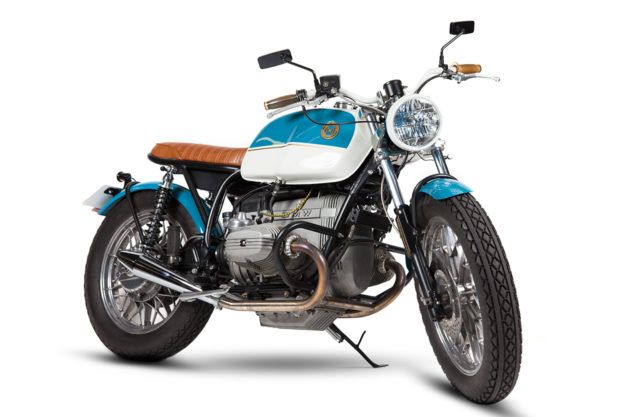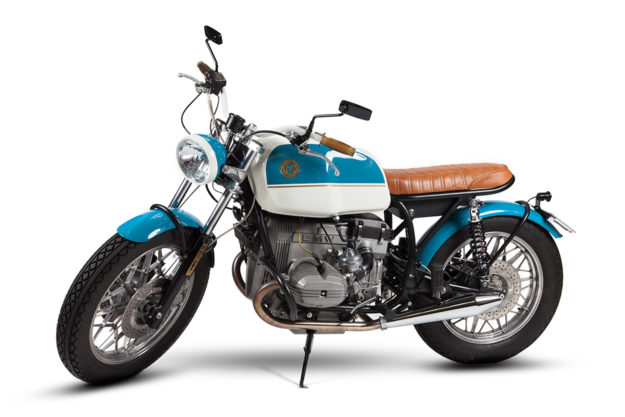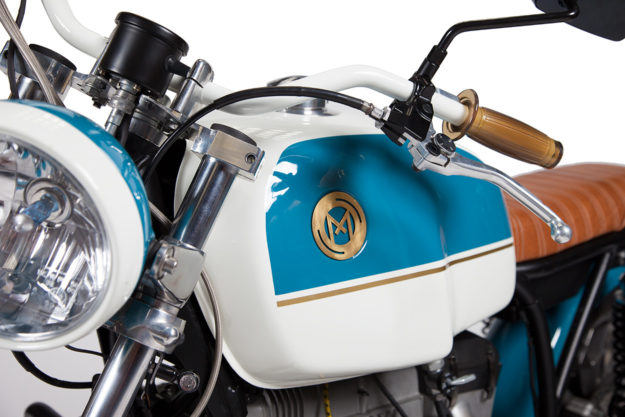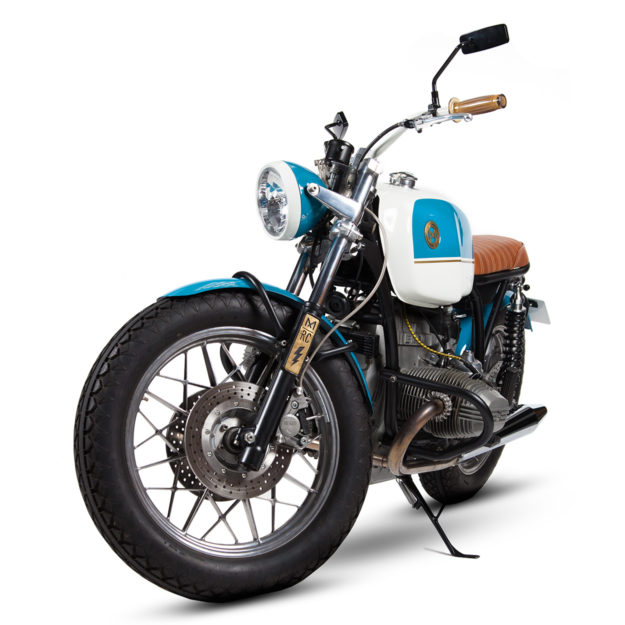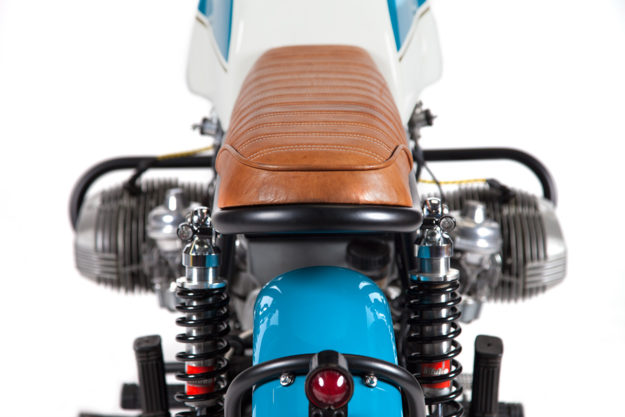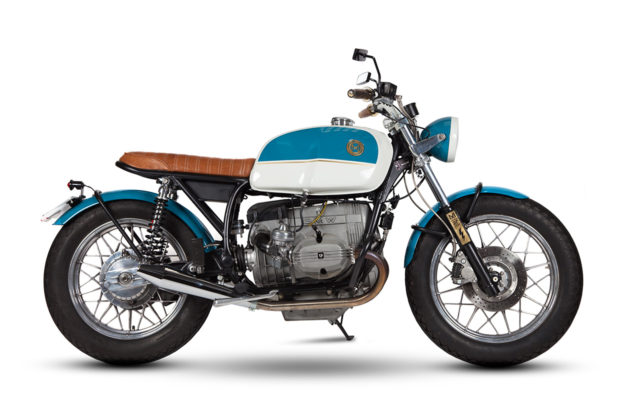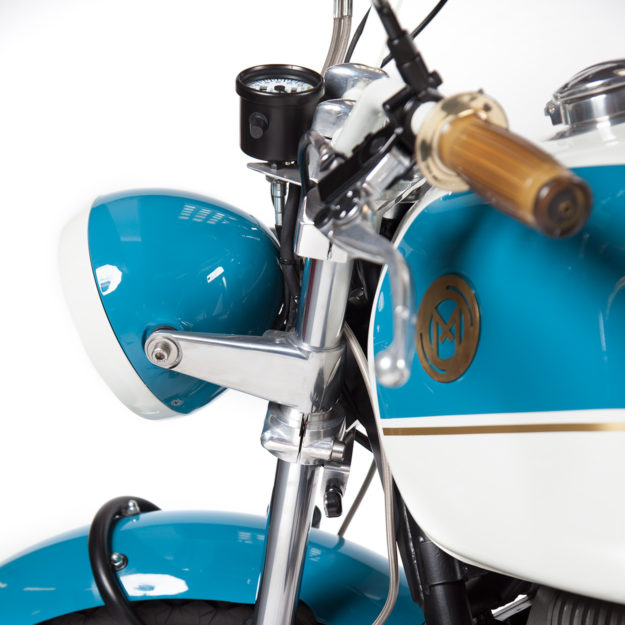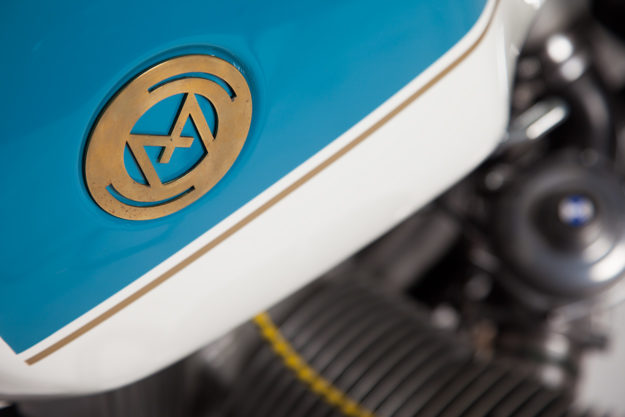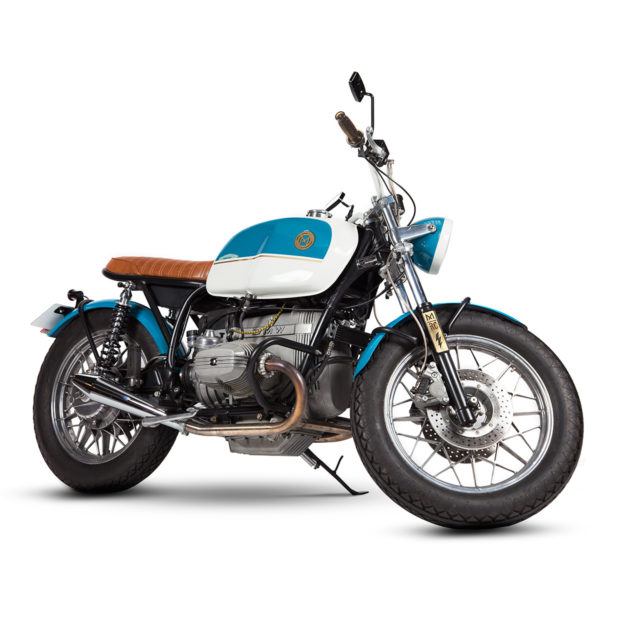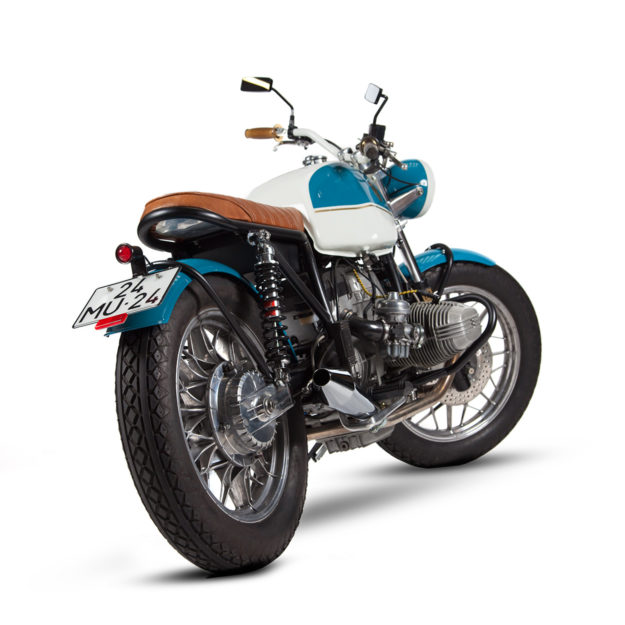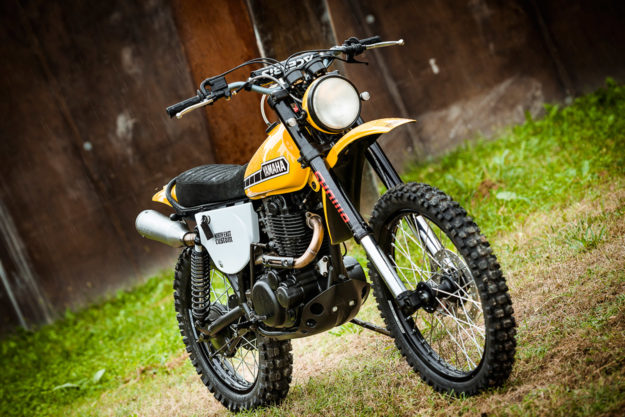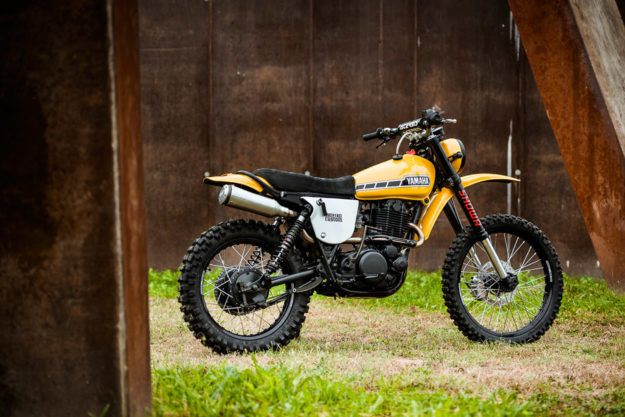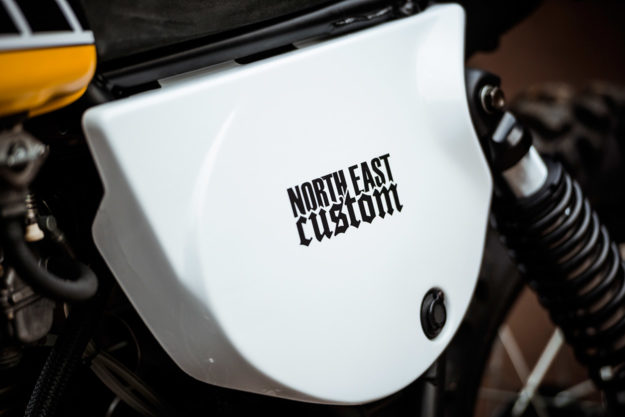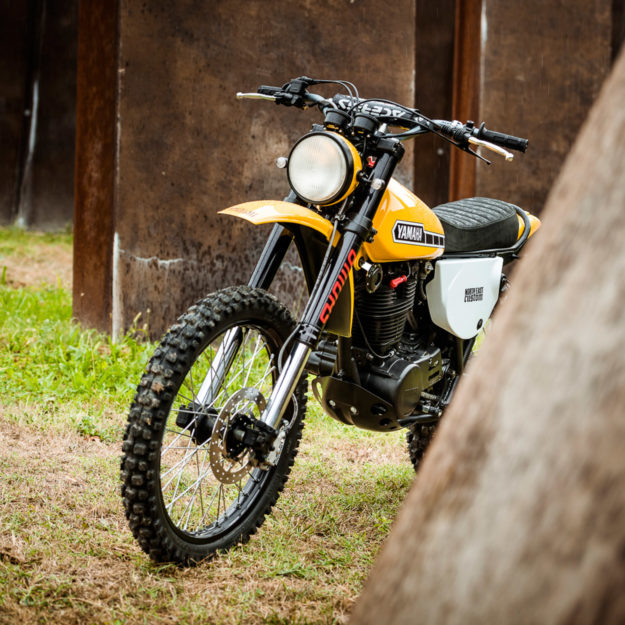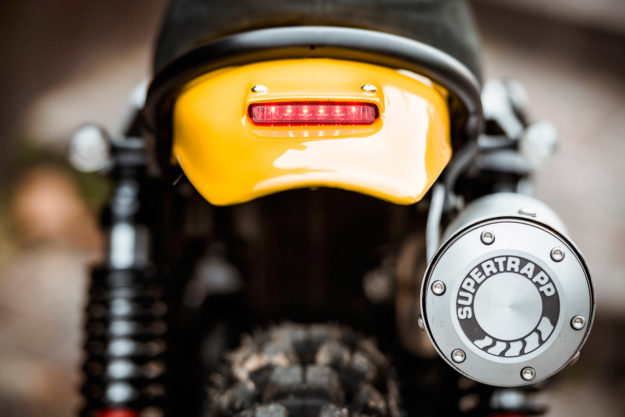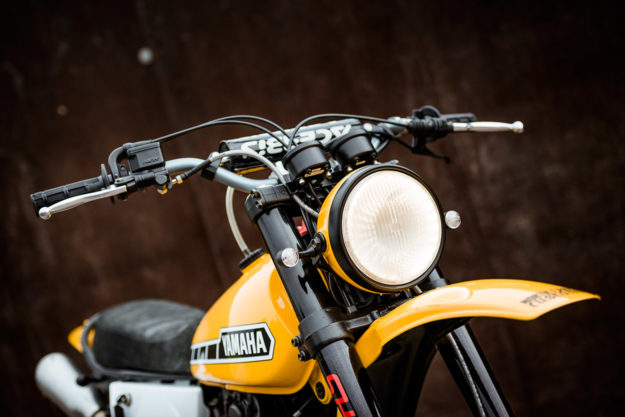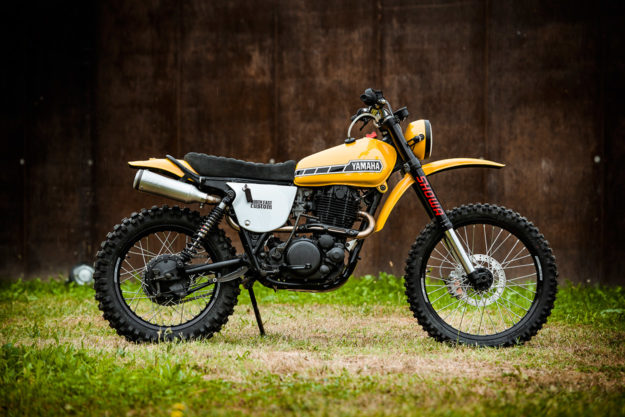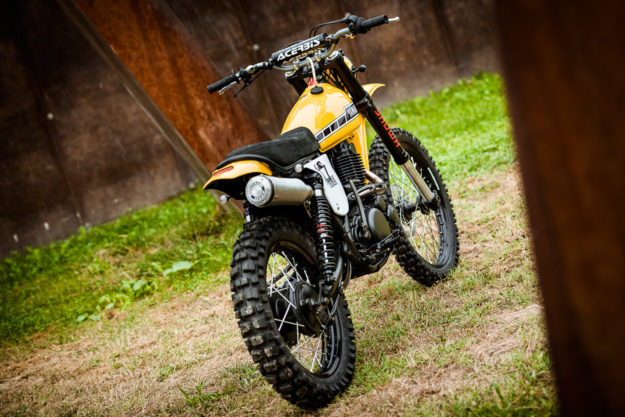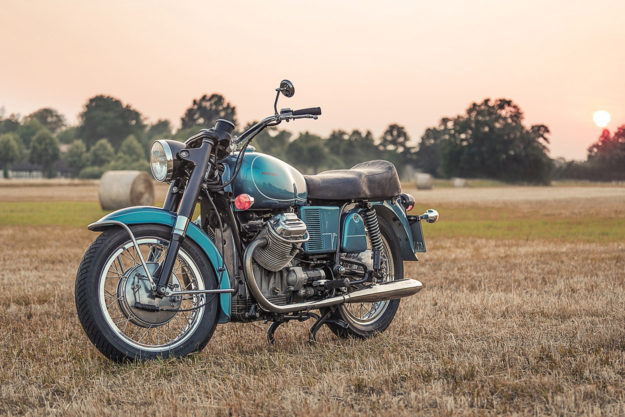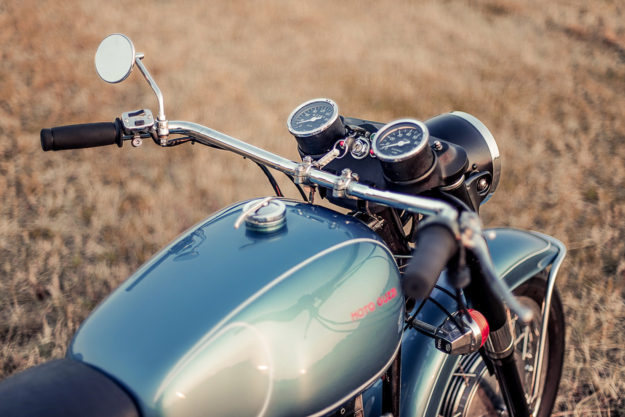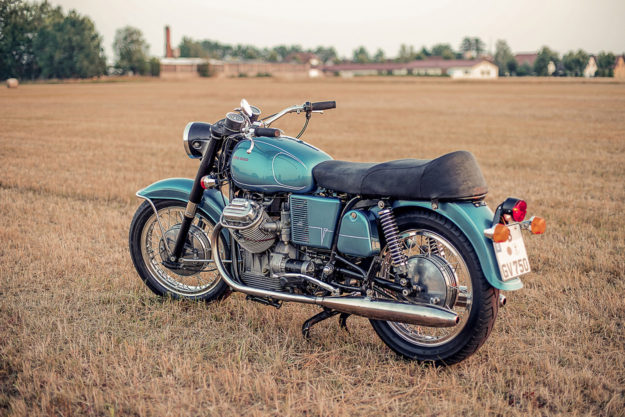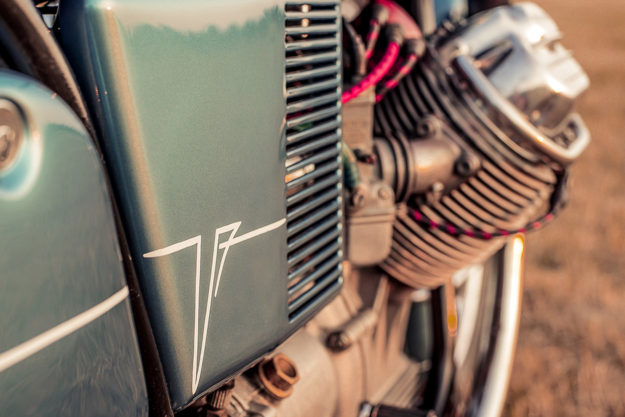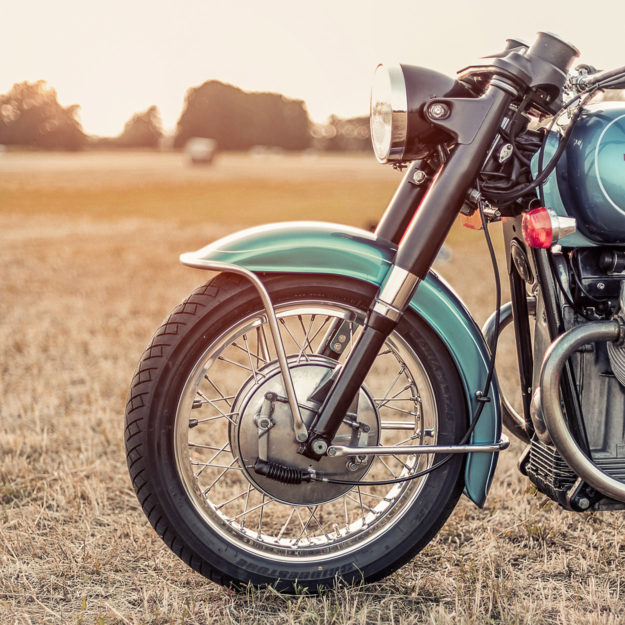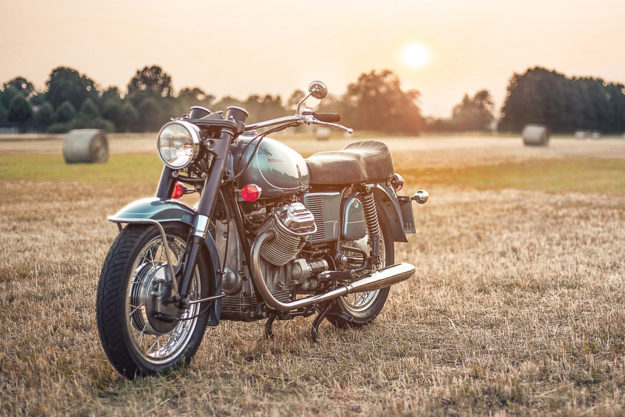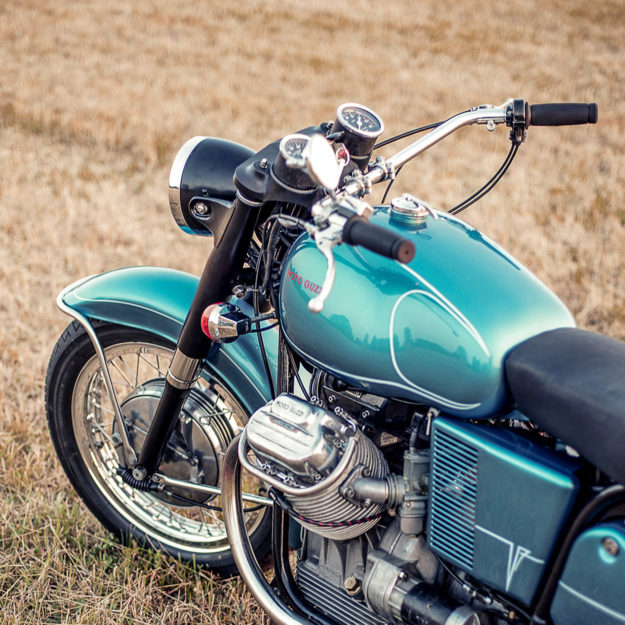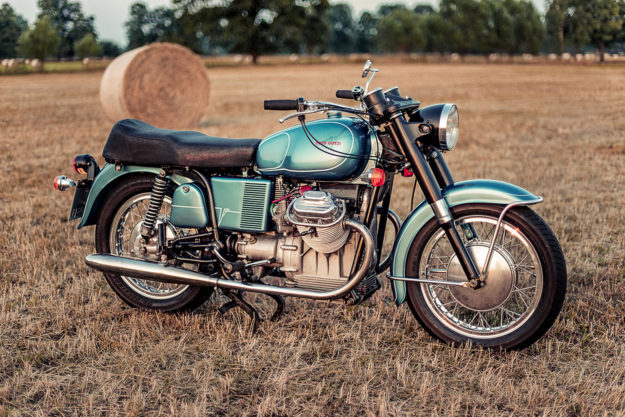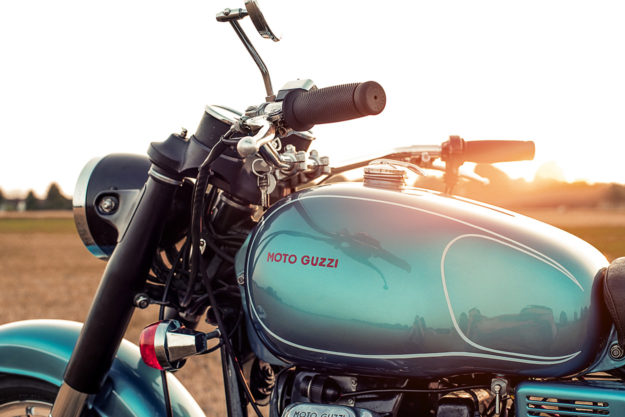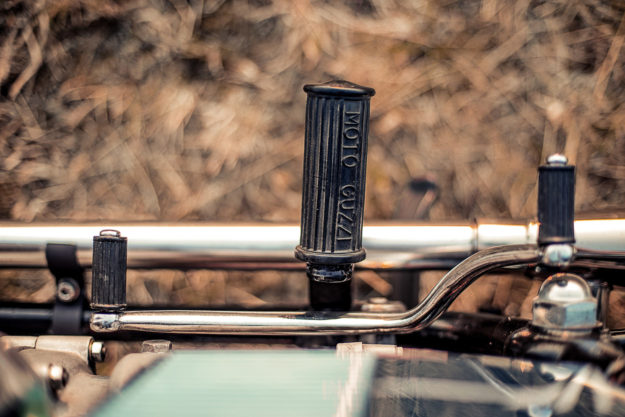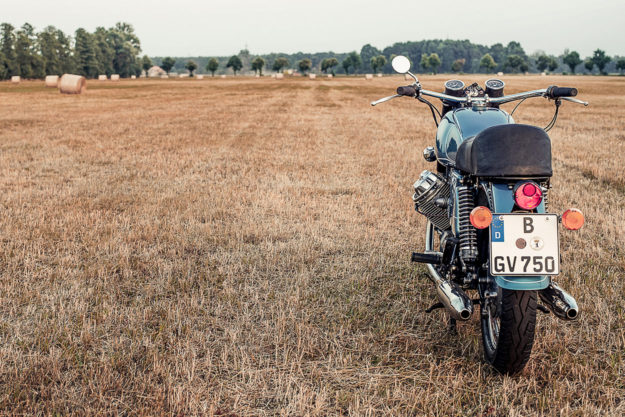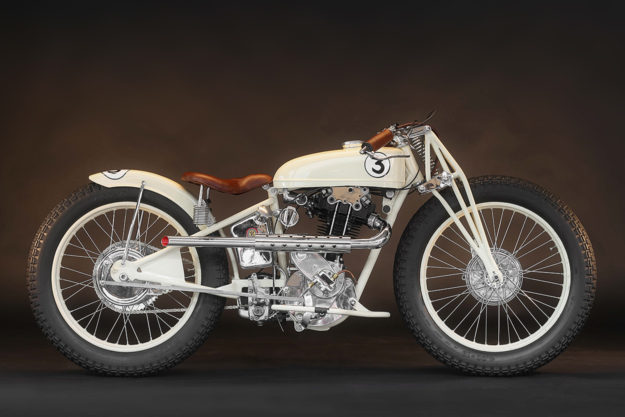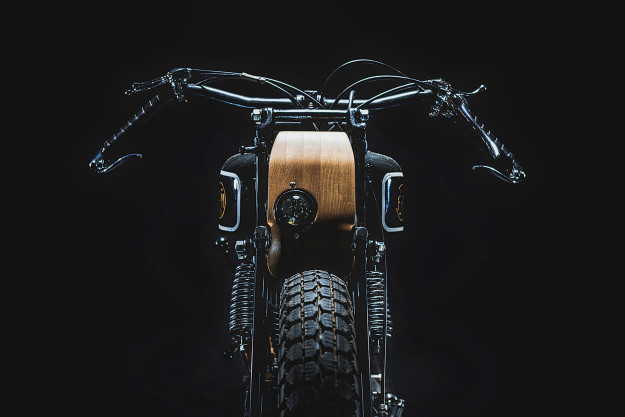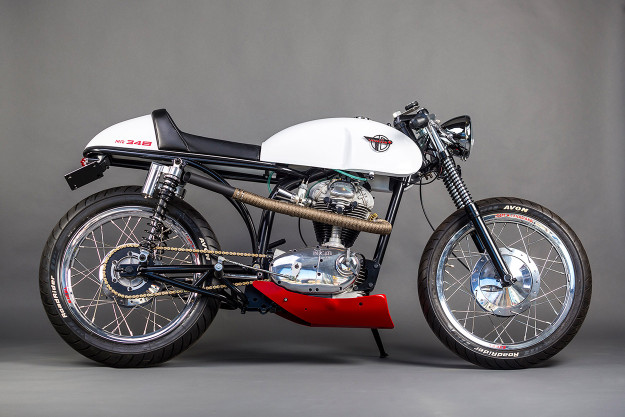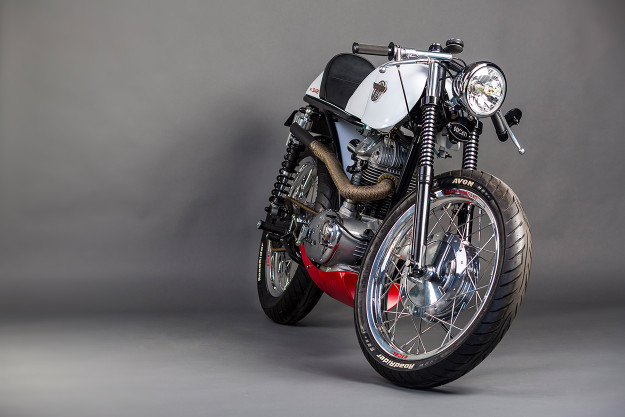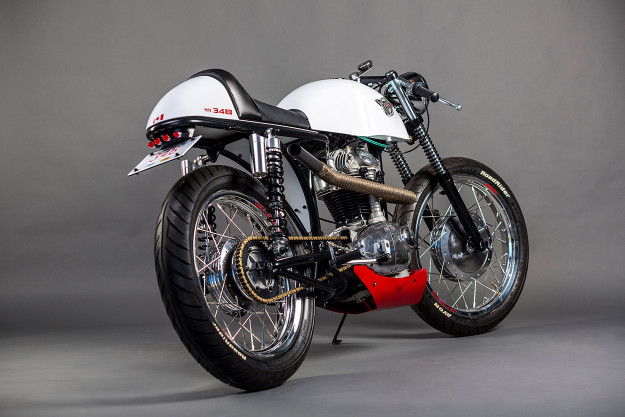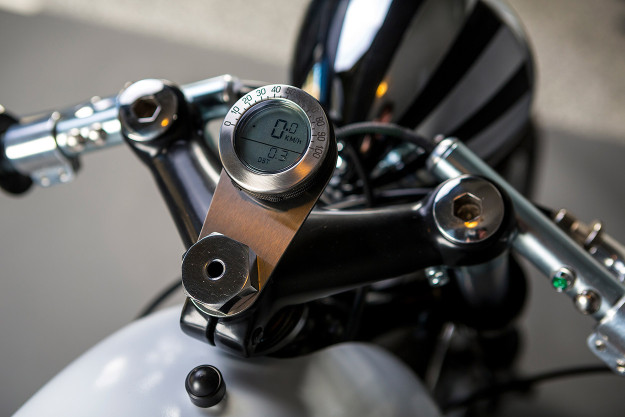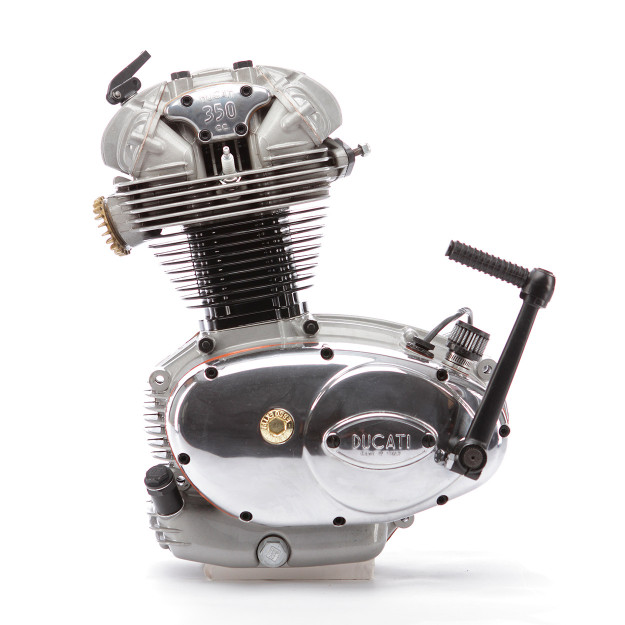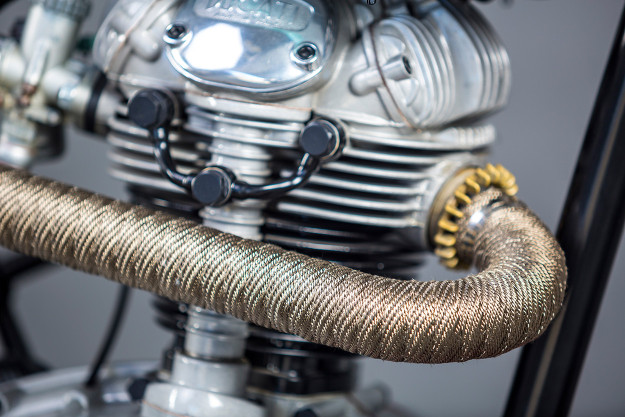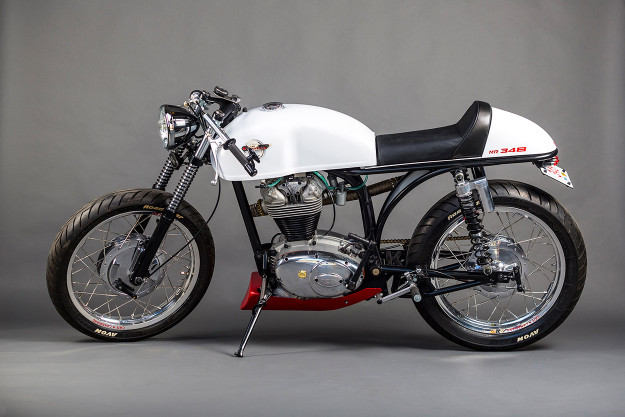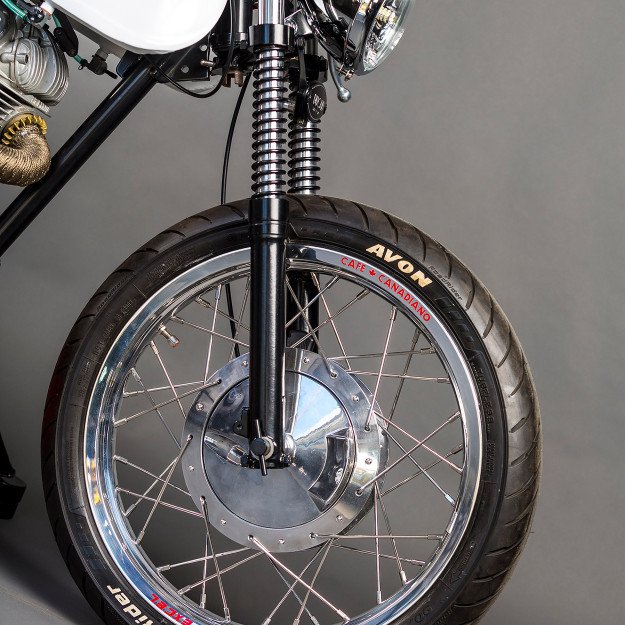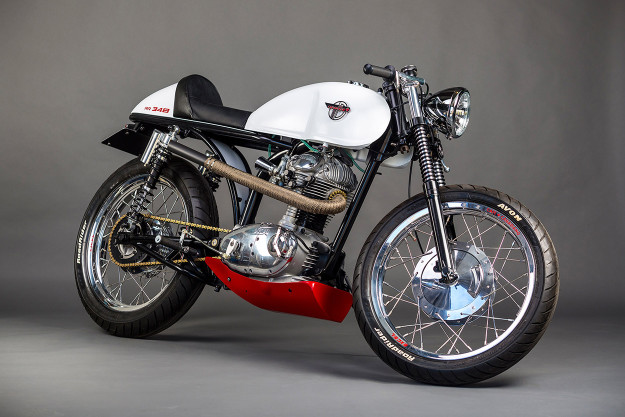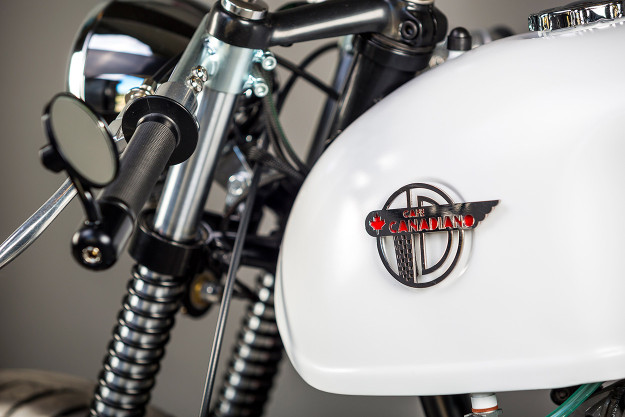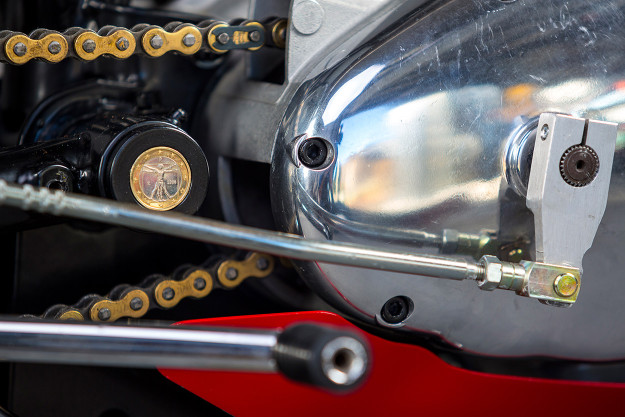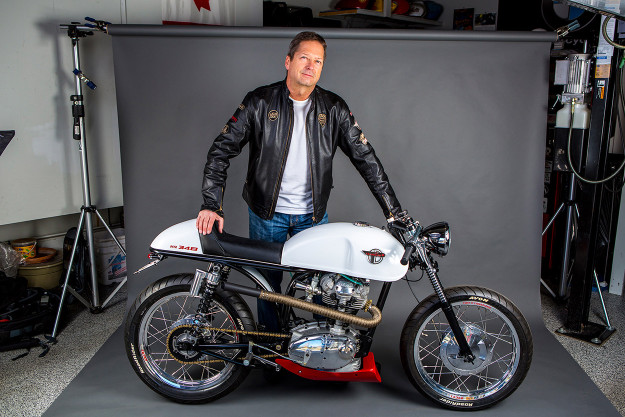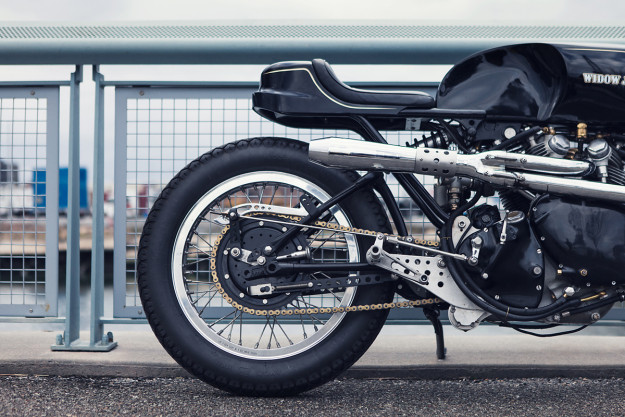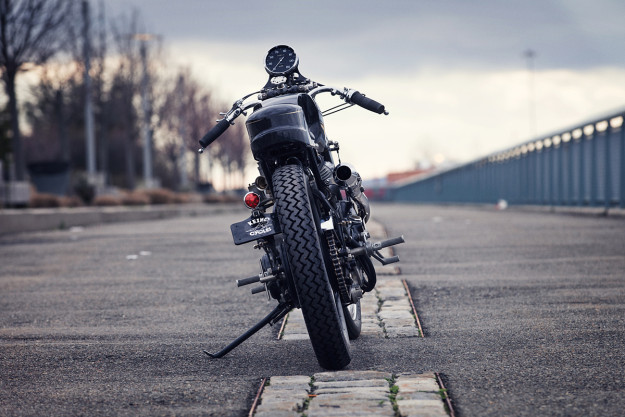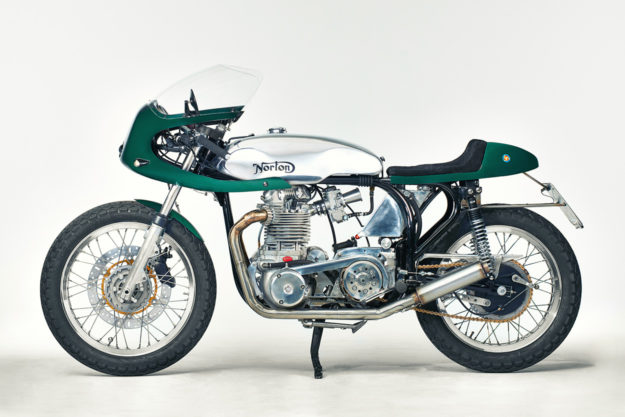
This time last year, I was driving around Munich with BMW Motorrad’s Ola Stenegärd, when he turned to me and said he had a very special visit lined up. Shortly after, we pulled into Reinhard Neumair’s workshop, roughly 30 miles outside of the city…and my mind was blown.
Now approaching sixty, Reinhard is proper old school. He has no Instagram account, Facebook page or website—but what he does have is years of experience on and off the track, immense talent, and a shop full of knee-weakening machines (below).
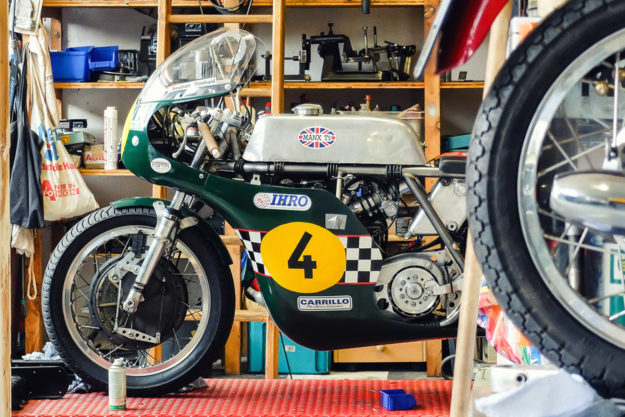
Inside, you’ll find all manner of British iron—from Nortons to BSAs to Triumphs, and Seeleys and AJSs. Reinhard wrenches on them all, along with the occasional Japanese, American or European bike. Come summer, he and wife Gabi load up the van, and head off to classic races all over Europe. Reinhard’s been competing since the early 80s, in events like the Manx GP on the Isle of Man.
He’s both humble and passionate, and any visit will be rewarded with tales of racing, or technical talk about mods that you never knew existed. He’ll tell you that he’s more interested in making something functional than making it pretty. His bikes are made to be raced hard…but they’re oh so pretty anyway.
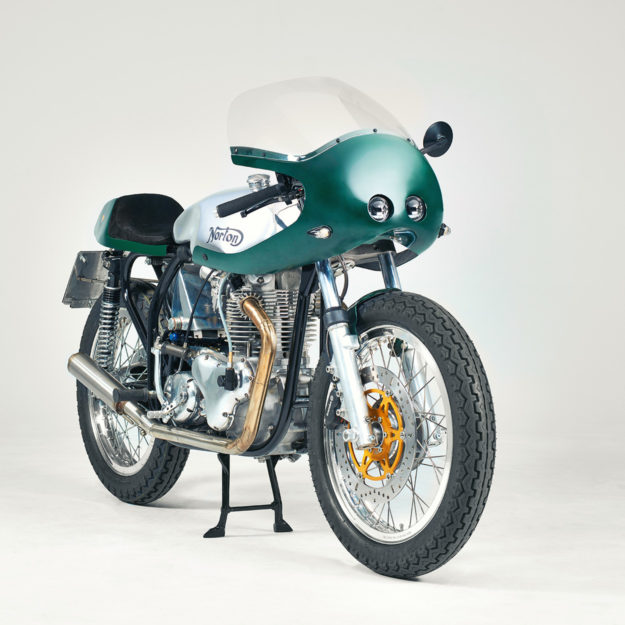
This Norton Atlas has all the goodies you’d normally see on one of Reinhard’s racers, with one notable exception—it meets Germany’s strict TÜV laws. That’s because the owner (a good friend) wanted a race replica that he could also ride on the streets.
The donor was a 745cc Atlas from 1965, but it’s really only the frame and the four-speed ’box that have been left unchanged (if you don’t count a full overhaul of each). The swingarm’s from a Norton Manx, hooked up to a pair of NJB shocks, and the front forks are shortened Cerianis.

Reinhard often goes to town on engines, but since this one doesn’t need to race, he’s focused on a full rebuild with a few basic changes. The motor’s now packing a special crankshaft, along with an alloy flywheel, to raise the output to 60hp.
There’s nothing left of the Atlas’ bodywork though. Reinhard’s given it a stunning racing profile, with a hand-made fairing, fuel tank and tail section. As per the brief, the setup includes twin headlights, discreet turn signals at both ends and a neat LED taillight in the back of the tail hump.
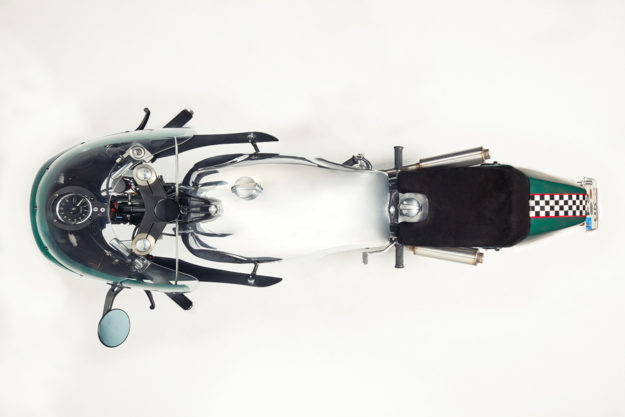
Cast your eyes further down, and you’ll see more of Reinhard’s handiwork. There’s the perfectly placed oil tank, with its filler cap between the seat and the tank. And then there’s that show-stopping primary belt cover, and pieces like the chain guard and drilled rear hub. The twin exhausts are custom too, along with the neat velocity stacks on the twin Amal carbs.
The cockpit is simple, but loaded with lovely details. There’s an analogue Smiths tacho front and center, with a tiny Motogadget speedo discreetly placed to keep things legal. Clip-ons with Motocicli grips and basic switches round out the package. Eye candy like the slick fairing brace and a nifty rubber tank strap system must make it hard to focus on the road…
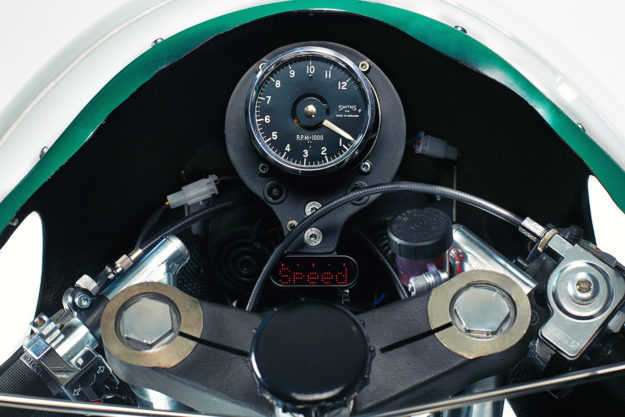
Final touches include a rear license plate bracket, a new Brembo brake up front, and a set of Dunlop Roadmaster tires. All told, the dry weight is now down to a very respectable 308 pounds (140kg) dry.
Wrapped in a handsome mix of British Racing Green and raw and polished metal, the Norton is imbued with all of Reinhard’s experience—and a race replica we’d love to park in the garage. I think it’s time for another visit.
Thanks to Rodrigo Stix for the images, and for bringing us the story. | Instagram
